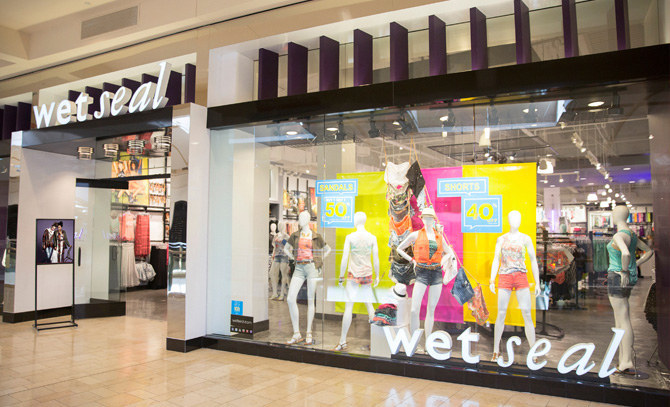 Wet Seal, a name that once sparked excitement among fashion-forward shoppers, has left an indelible mark on the retail industry. Known for its trendy and affordable apparel, Wet Seal catered to a generation of young, style-conscious consumers. Though the brand's journey has seen its share of highs and lows, its influence on fashion retail remains significant.
Wet Seal, a name that once sparked excitement among fashion-forward shoppers, has left an indelible mark on the retail industry. Known for its trendy and affordable apparel, Wet Seal catered to a generation of young, style-conscious consumers. Though the brand's journey has seen its share of highs and lows, its influence on fashion retail remains significant.
Origins and Rise to Fame
Founded in 1962 by Morris Goldfarb in Baldwin Park, California, Wet Seal initially operated as a modest women's fashion boutique. The store’s concept was simple yet effective: offer the latest fashion trends at accessible prices. This approach resonated strongly with young shoppers looking for style without breaking the bank. By the early 2000s, Wet Seal had expanded significantly, boasting a nationwide presence and becoming a go-to destination for teens and young adults.
The store’s success was partly due to its ability to swiftly adapt to emerging fashion trends. Wet Seal’s inventory was frequently updated to reflect the latest styles, ensuring that customers always had access to current and desirable looks. This fast-fashion model allowed Wet Seal to stay ahead of the competition and attract a loyal customer base.
Challenges and Changes
Despite its initial success, Wet Seal faced numerous challenges in the later years. The rise of online shopping and the increasing popularity of other fast-fashion retailers, such as H&M and Zara, posed significant threats. Wet Seal struggled to maintain its market position amid these changes. Financial difficulties led to store closures and eventually, a bankruptcy filing in 2015. The company attempted to revitalize its brand with a revamped online presence and a focus on digital marketing, but it struggled to regain its former prominence.
Wet Seal underwent several ownership changes and attempts at restructuring, but it faced continued difficulties in achieving long-term stability. In recent years, the brand has shifted its focus primarily to e-commerce, adapting to the modern retail landscape where online shopping dominates.
Legacy and Impact
Despite its struggles, Wet Seal’s impact on the fashion industry is undeniable. The brand played a crucial role in popularizing the fast-fashion model in the United States. Its emphasis on affordable, trendy clothing helped democratize fashion, making it accessible to a broader audience. Wet Seal’s innovative approach to fashion retail, including its rapid inventory turnover and keen understanding of youth culture, set a precedent for future retailers.
Moreover, Wet Seal’s rise and fall serve as a case study in the volatile nature of the retail industry. The brand’s challenges highlight the importance of adaptability and innovation in a rapidly changing market. Wet Seal’s experience underscores the necessity for retailers to evolve continuously, embracing new technologies and consumer behaviors to stay relevant.
Conclusion
Wet Seal’s journey through the fashion retail landscape is a testament to both the potential and pitfalls of the industry. From its early days as a trailblazer in affordable fashion to its struggles with market changes, Wet Seal’s story is one of ambition, adaptation, and transformation. As the fashion world continues to evolve, the lessons learned from Wet Seal’s experience will undoubtedly influence future retail strategies and inspire new generations of fashion entrepreneurs.
Comments on “The Evolution and Impact of Wet Seal: A Fashion Retail Icon”